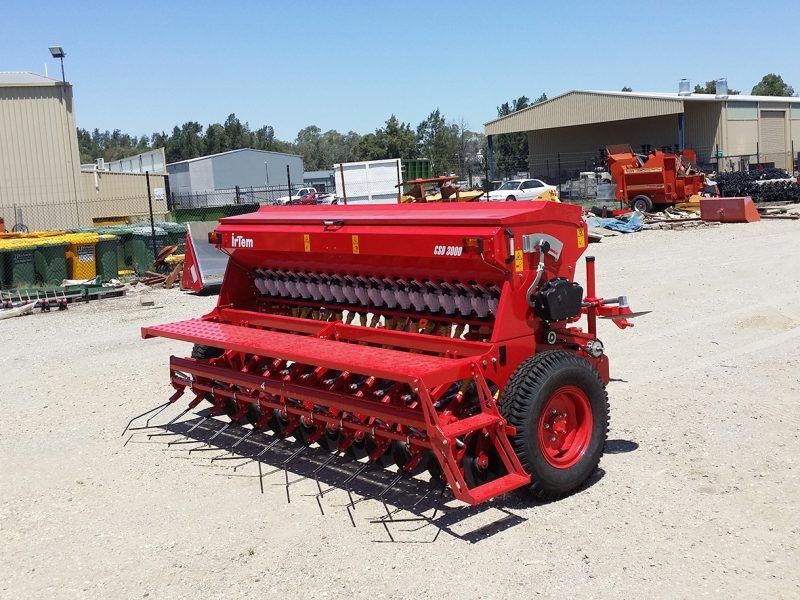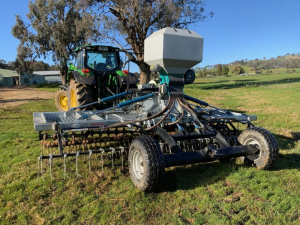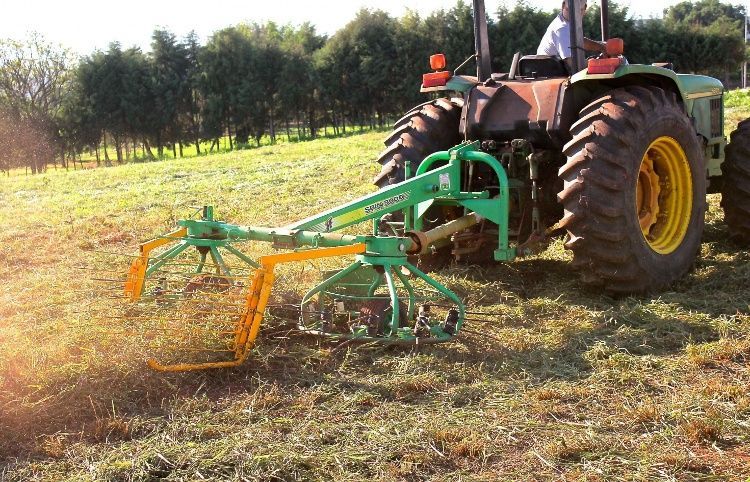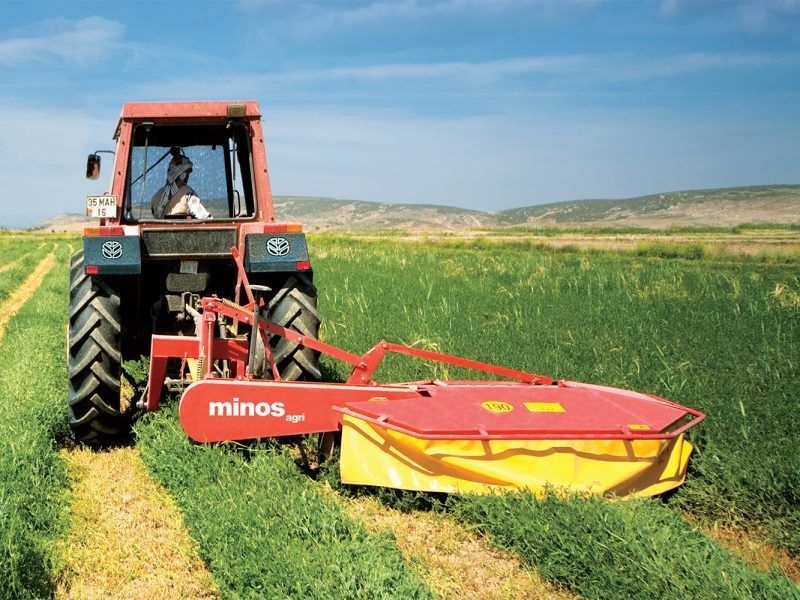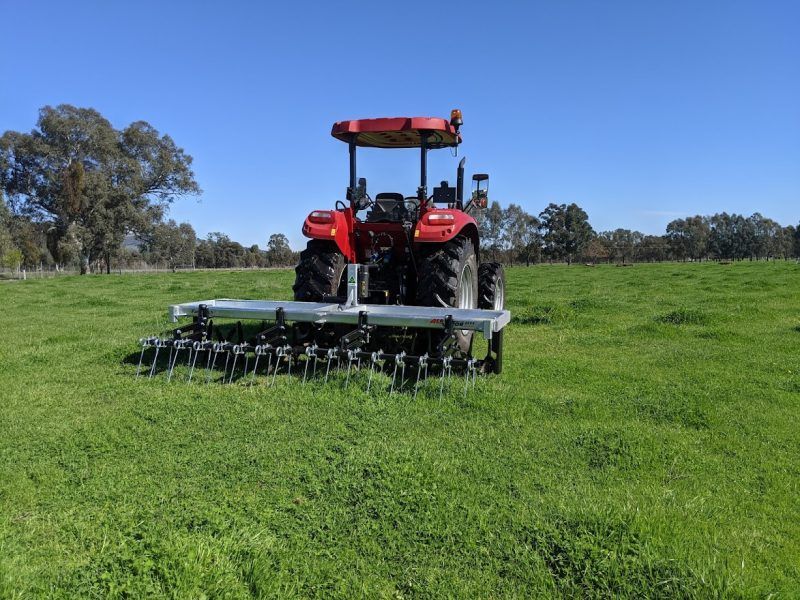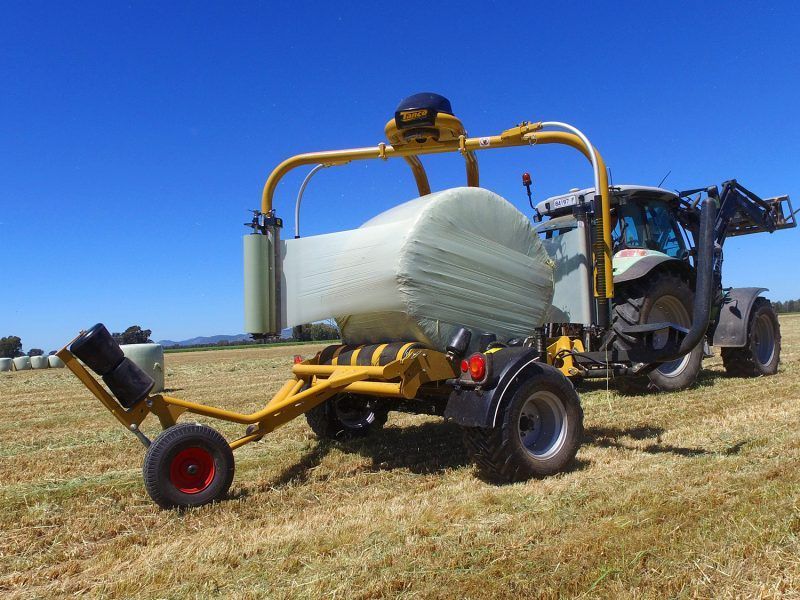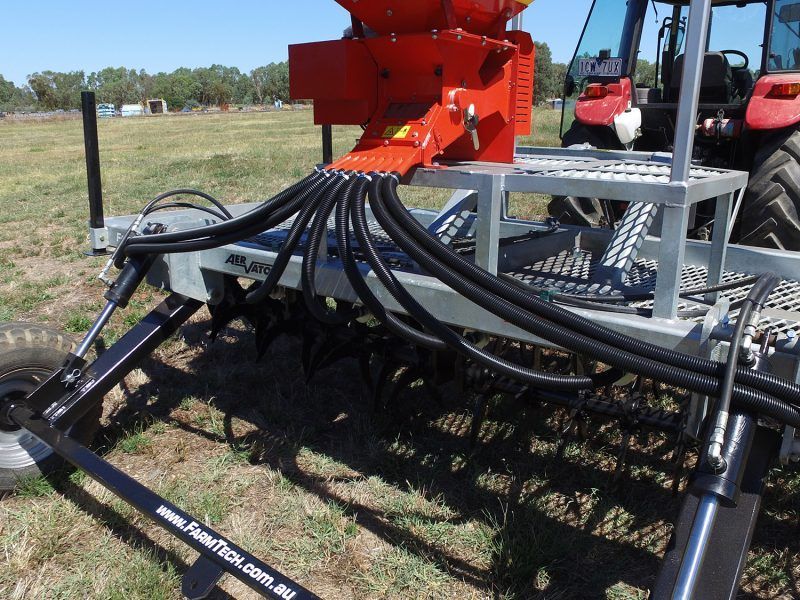Tubeline Wrappers V’s Individual Wrappers – Pros & Cons
Published in the Ag Contractor – Green to Gold 2010, Issue 59
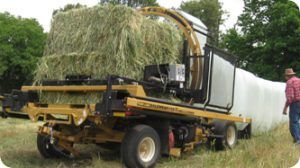
Farm Tech Machinery’s Derek Modra says the individual bale market is growing as the dairy industry develops and there is a growth in the amount of feed being traded.
Farm Tech Machinery imports the Tubeline wrappers and Tanco round and square bale wrappers.

Derek Modra says each system offers advantages.
The cost of wrapping is a big plus for tube wrappers.
“Tube wrapping generally uses just over half the plastic that individual bales use and it costs around a third less in plastic per bale than individually wrapped bales,” Derek
“Another advantage of tube wrapping bales is that bales are not handled after being wrapped, minimising any handling damage issues.”
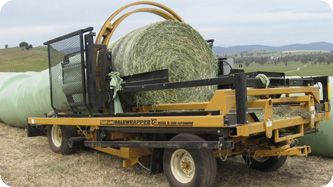
“Tube wrapped bales are faster to feed out compared with individual bales as it is generally easier to remove the plastic. With plastic saving, costs can be similar to bulk silage in some circumstances, with a higher quality product as a result.”
Tubewrappers can also be faster at wrapping the bale than an individual wrapper.
“There are many reasons farmers choose to tube wrap their silage. The most obvious saving for farmers is the plastic consumption – you use about 50 percent less plastic,”
“In cases where a farmer is making baleage in order to feed his own stock I would say with the way plastic prices have gone up over the last couple of years there has definitely been a trend towards tube wrapping and pit silage, rather than individual wrapping.”
“The demand for tube wrapping bales has dropped off in recent years because of the trend to individual bales but there is definitely a benefit if the baleage is being kept on farm. It’s economic, fast, and makes very good quality baleage.”
The disadvantages of tube wrapping bales include the increased manpower required at harvest to get the job done, compared to an individual combination wrapper. Stored bales take up more room as they can’t be stacked. If bales are sold, they must either be fed out straight away or re-wrapped with an individual wrapper.
Derek Modra says there are many advantages to wrapping individual bales.
“For example, you can harvest a small amount of grass at any time to maximise feed quality. You can chop grass to a longer length and bales can be moved easily to another property or sold.”
“It is easy to give instructions about how much to feed when feeding out, and bales can be fed from a silage wagon, bale feeder or feeder rings. Bales can also be easily stored anywhere on the farm.”
“Using a contractor to make individual bales generally costs around $30 to $40 per bale. This cost is offset by the fact that losses are only 1-5 percent because the grass is baled and then immediately wrapped, minimizing exposure to the air.”
The disadvantages of making individual bales are the higher cost of production, compared to bulk silage, increased handling requirements, slower harvest, and the likelihood of the silage being spoiled when plastic is damaged during handling.
Combination baler-wrappers have their place as well, offering the benefit of one man and one tractor doing the whole baling and wrapping job. They too have the disadvantage of the bales being handled more than once and thus punctured.
Derek Modra says Farm Tech’s Tubeline TL6500AX2 has specific advantages that make it ideal for Australian conditions. It is capable of wrapping 6ft long square bales stacked two high. “This further improves plastic use efficiency and has made this model very popular in Australia.”
You can read more on Why Choose FarmTech Bale Wrappers & Silage Equipment



